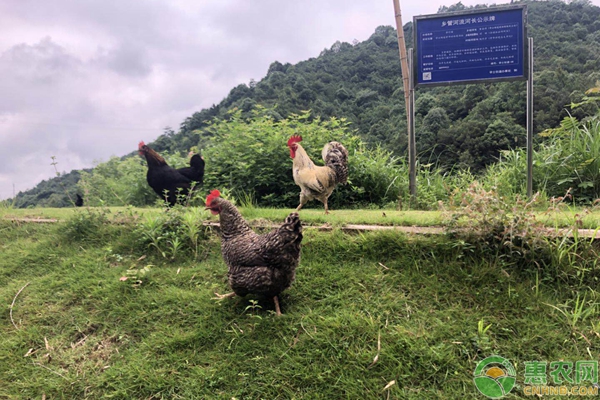How should sheep toxemia be treated? Introduction to the prevention and treatment of sheep toxemia
It is believed that those who have experienced working experience in raising sheep are not new to toxemia, which is a sheep infectious disease caused by Clostridium perfringens D type, which is multiplied in sheep intestines and caused by endotoxin. Most of the disease occurs in early summer, and the incidence of the disease is high, and the growth and development of a flock of sheep is very poor. So how to treat sheep toxemia? Let's master it together.

1. The cause of disease
The pathogen is Clostridium welchii, also known as Clostridium perfringens type D. In general, disinfection and sterilization are easy to kill the breeding body of this bacteria, but the spores have strong resistance and can withstand burning for 80-90 minutes. This bacteria can cause obvious exotoxin neonatal hemolysis, atrophy and death effect.
2. Symptoms
The symptoms of diseased sheep are unmarketable goods, lying on the ground, clenching teeth, falling down on the side, rolling up and down, twitching, neck bending, dyspnea, foaming, and some sick sheep generally die within 1 or 2 hours of the disease.
3. Anatomy
In general, the nutritional composition of human remains is excellent, and the problem of rising and corruption occurs quickly after death; when the intestines and stomach are filled with vapors and liquid substances, the true stomach and intestinal mucosa often show subacute hematoma and exudative inflammation, so it is known as "hematopathy". All over the body lymphatic swelling hematoma, chest and abdomen has too much leakage, pericardial fluid lift, often coagulate. The most atypical transformation is a superficial hematoma of renal function, swollen, crisp and soft as mud.
4. Prevention
The main results are as follows: (1) A flock of sheep should be injected on time, and the injection should be scientifically arranged according to the prevailing situation of the local epidemic. Generally, injections should be carried out every spring from March to April and from September to October in autumn.
(2) feeding management should be improved, grazing sheep should reduce grazing green and grazing stubble in spring and summer, too much seed-bearing green fodder should be prevented in autumn, and sheep should be raised during fitness exercise and sunlight exposure in order to improve their physical quality.
(1) the sheep with mild enterotoxemia were subcutaneously injected with ciprofloxacin injection 15ml / 30ml and fed with 2 grams of streptomycin twice a day for 1 / 2 days.
To sum up, toxemia is a kind of subacute toxemia, which is caused by endotoxin caused by many breeding of Clostridium welchii in sheep intestine. Because the disease will be subacute, so farms should not be careless, in all kinds of preventive measures should be seriously implemented, in addition, learn to identify the causes of the disease, and improve prevention management.
- Prev

What should I do if the survival rate of native chicken seedlings is low? Key breeding management methods and techniques of native chicken brooding
What should I do if the survival rate of native chicken seedlings is low? Key breeding management methods and techniques of native chicken brooding
- Next

What are the symptoms of sheep pica? How to prevent sheep from eating indiscriminately?
What are the symptoms of sheep pica? How to prevent sheep from eating indiscriminately?
Related
- On the eggshell is a badge full of pride. British Poultry Egg Market and Consumer observation
- British study: 72% of Britons are willing to buy native eggs raised by insects
- Guidelines for friendly egg production revised the increase of space in chicken sheds can not be forced to change feathers and lay eggs.
- Risk of delay in customs clearance Australia suspends lobster exports to China
- Pig semen-the Vector of virus Transmission (4)
- Pig semen-the Vector of virus Transmission (3)
- Five common causes of difficult control of classical swine fever in clinic and their countermeasures
- Foot-and-mouth disease is the most effective way to prevent it!
- PED is the number one killer of piglets and has to be guarded against in autumn and winter.
- What is "yellow fat pig"? Have you ever heard the pig collector talk about "yellow fat pig"?

